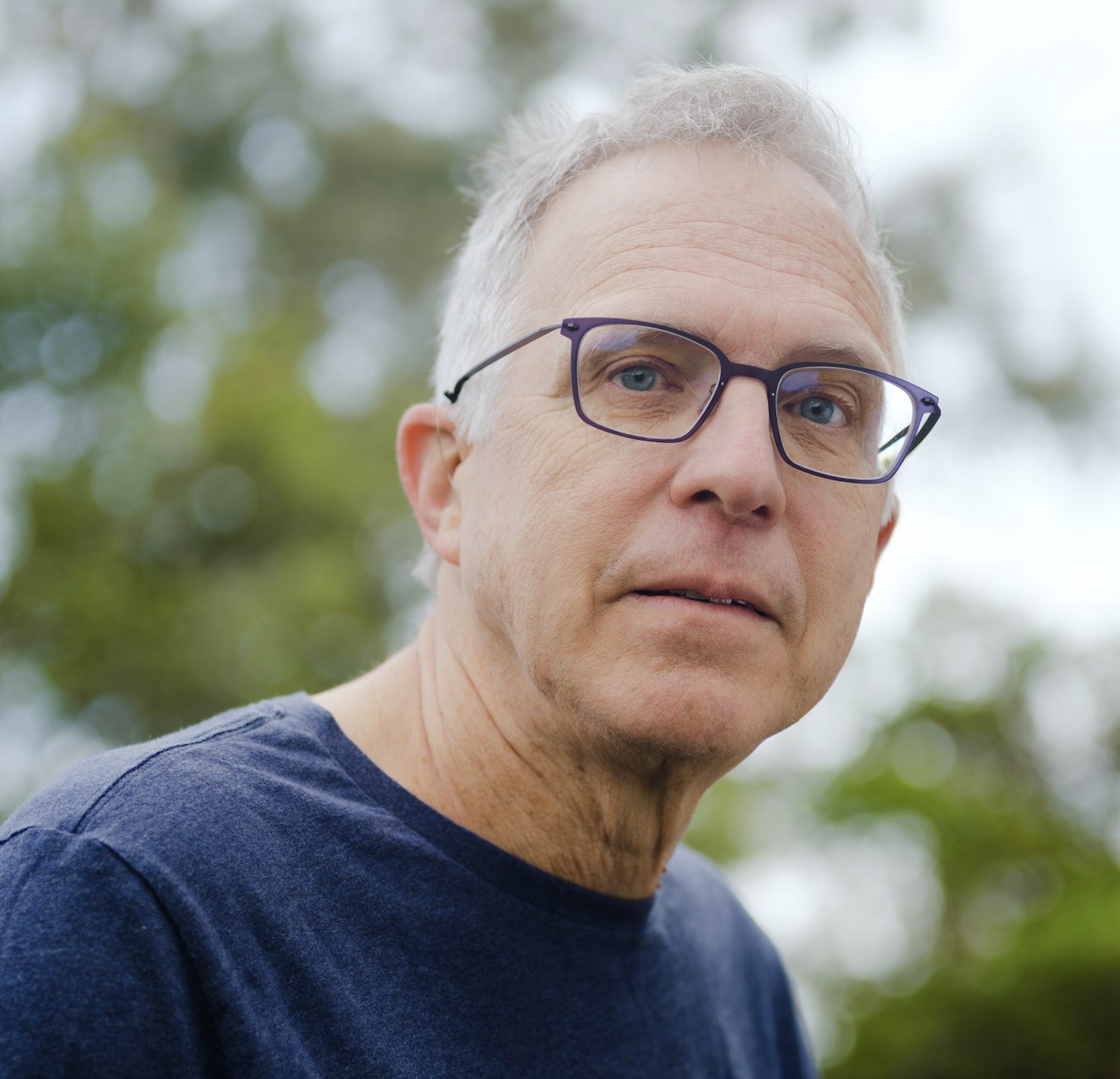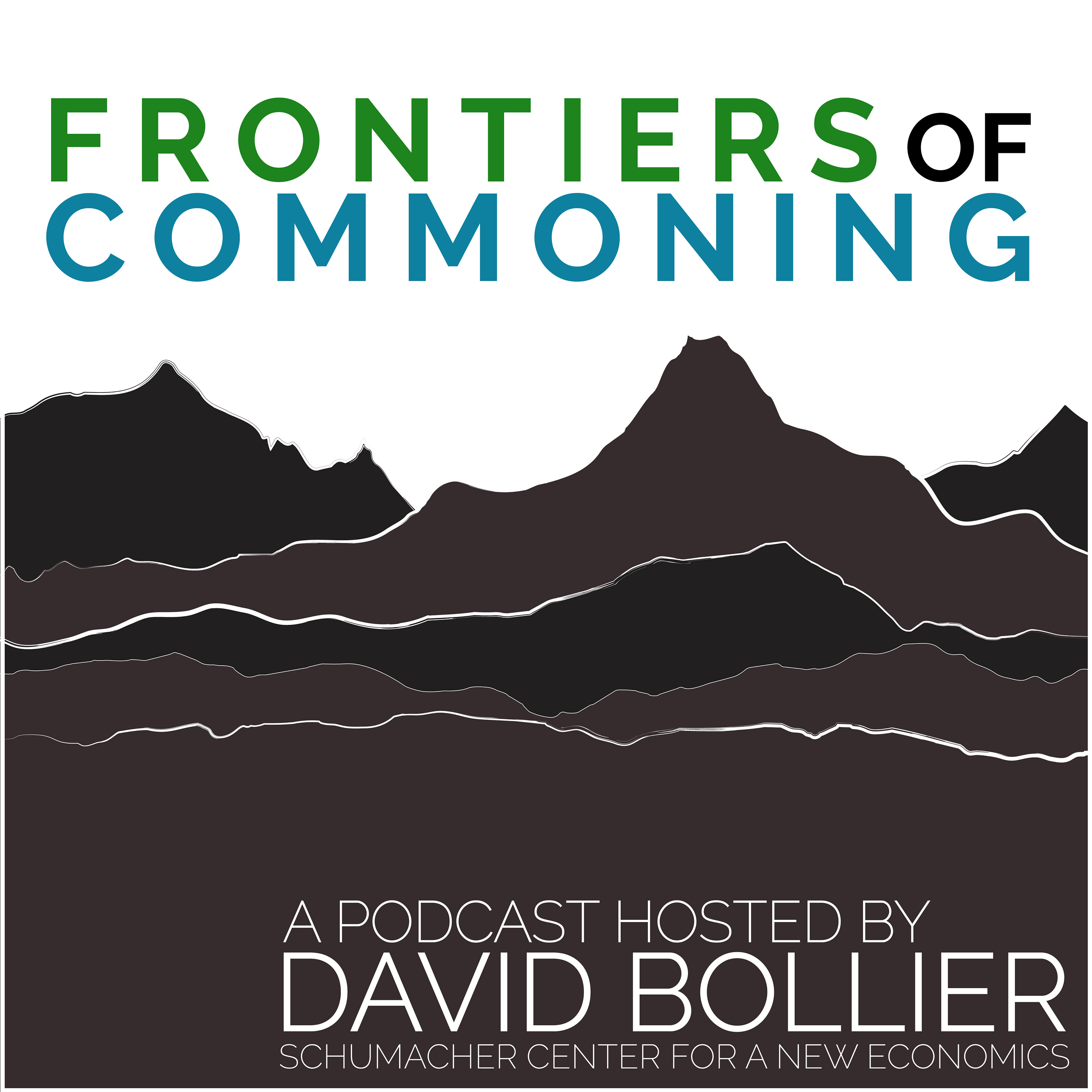A Special Issue of the Web Journal Lo Squaderno
I always find it refreshing when people decide to investigate the commons from new angles and in transdisciplinary ways. So it is a treat to learn about the web journal Lo Squaderno devoting its entire December 2013 issue (#30) to “Commons – Practices, Boundaries and Thresholds.” The entire issue is available as a pdf file under a Creative Commons BY-ND-SA license. 
Lo Squaderno is “a free web journal devoted to exploring and advancing research movements…. [that] collects original short features by people committed to research in various fields. Each issue is structured around a thematic focus around the topics of space, power, and society.” This commons issue, edited by Giacomo DAlisa and Cristina Mattiuci, along with guest artist Andrea Sarti, consists of nine essays in English and three in Italian.
Below, provocative excerpts from three of the essays. In “Show Me the Action, and I Will Show You the Commons!” Helene Finiori, building on Silke Helfrich's observations, points out that the conventional ways of identifying common goods, based on their “rivalry” and “excludability,” is unreliable:
Types of goods are traditionally distinguished based on their degree of rivalry (the extent to which the use of a good by one diminishes the availability for others) and excludability (the extent to which access to a good can be denied or limited). This perspective ignores for a large part the contextual and variable nature of goods in time and under the ‘stress’ of repeated activity. It does not take into account the fact that rivalry can be a matter of perception (a good may be categorized non rival because perceived as abundantly available irrespective of whether self-renewable or not, such as water in ‘wet’ places), of congestion (a good may be non rival up to a point of saturation, such as roads before they get jammed) or of yield point (a good may be non rival up to the limit beyond which there is no more resilience under stress and therefore no more self-regeneration, such as a savannah before desertification). It does not acknowledge that low rivalry goods can also be depleted and made unavailable as a result of toxic outputs of activity (externalities). Neither does it consider the fact that property and access, in other words excludability, create artificial boundaries that businesses for example are constantly seeking to expand by inventing new property rights or business models, as part of their ‘natural’ quest to extend the perimeter in which they can generate and capture value. The examples of patented seeds and attempts to patent the human genome are the most striking.
- Read more about A Special Issue of the Web Journal Lo Squaderno
- Log in or register to post comments

 The right to create money and profit from it is known as seignorage. Banks currently enjoy this right and exercise it through their lending, which creates most of the money in circulation. Governments have effectively let banks privatize control of the money supply. In so doing, governments have forfeited the opportunity to provide debt-free lending to support productive enterprises and public needs as opposed to fueling boom-and-bust speculation and relentless economic growth that destroys the environment.
The right to create money and profit from it is known as seignorage. Banks currently enjoy this right and exercise it through their lending, which creates most of the money in circulation. Governments have effectively let banks privatize control of the money supply. In so doing, governments have forfeited the opportunity to provide debt-free lending to support productive enterprises and public needs as opposed to fueling boom-and-bust speculation and relentless economic growth that destroys the environment.







Recent comments